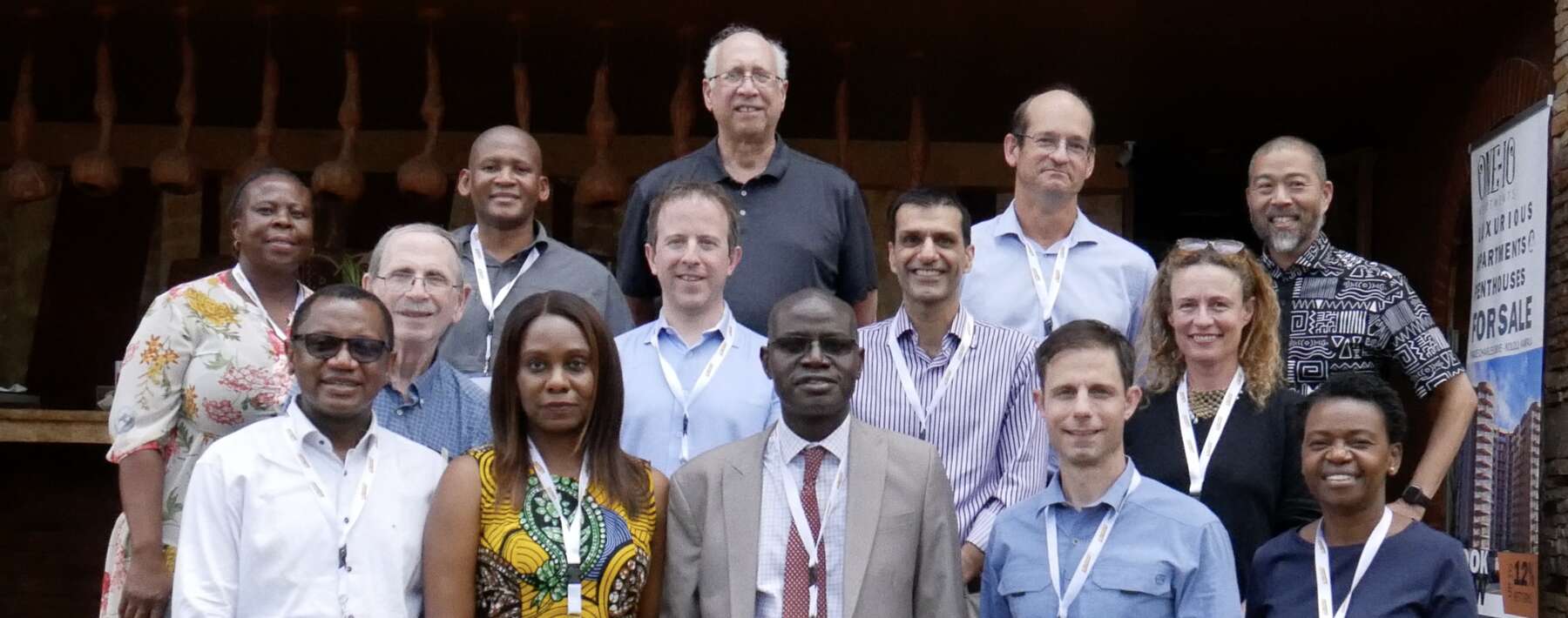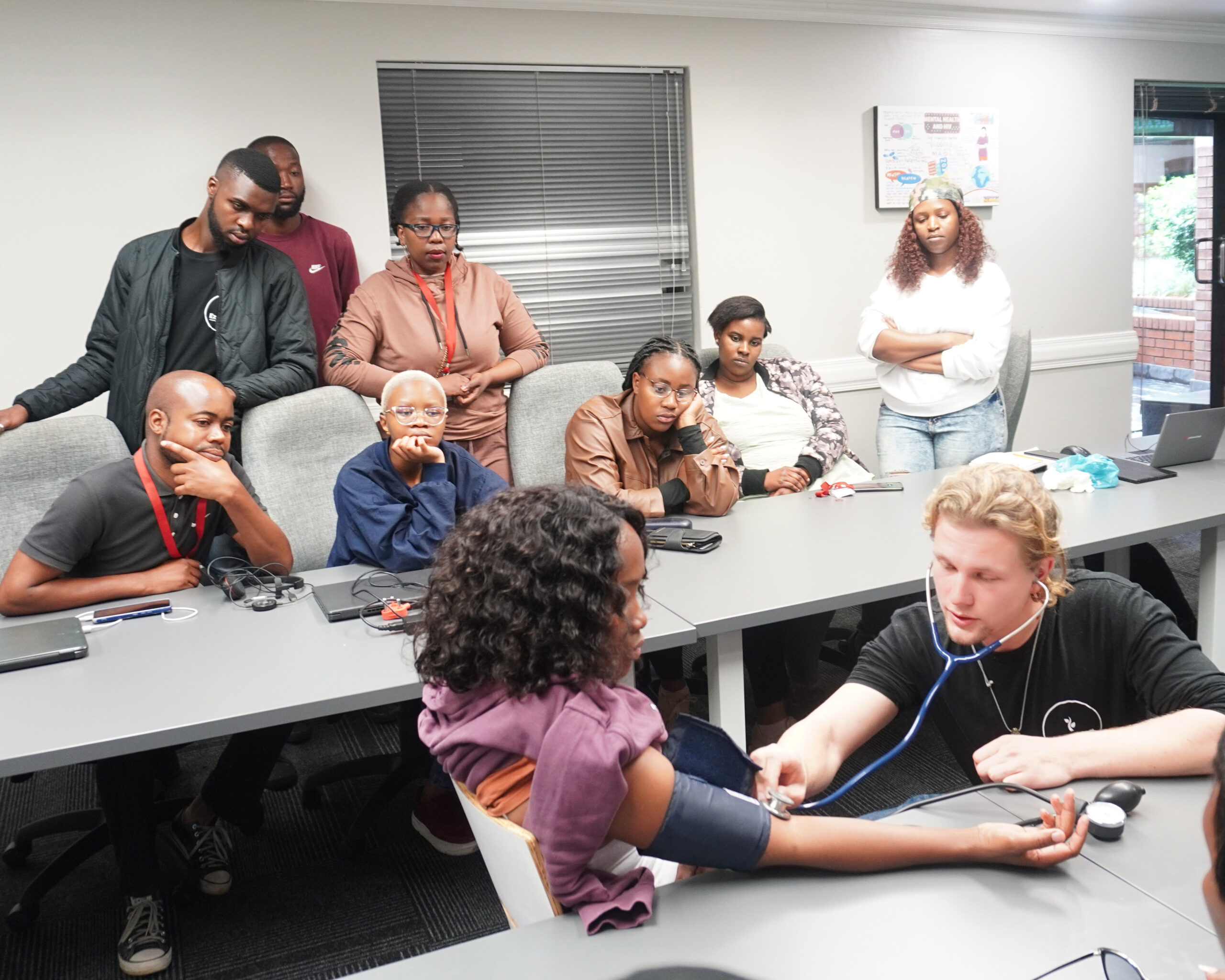
About Us
About one-third of adults between the ages of 30-79 globally have hypertension, a dangerous medical condition the WHO has called a “silent killer”.
It is true that many people with hypertension do not realize they have it until they experience a severe medical event. Hypertension brings with it an increased risk for stroke, heart attack, and kidney failure as the pressure in arteries is higher than it should be, causing the heart to work harder than necessary to circulate blood throughout the body. Hypertension is one of the top causes of death worldwide and its prevalence continues to grow.
A population of increasing concern for hypertension and cardiovascular disease are people living with HIV (PLWH). Thanks to substantial financial and scientific investment in understanding and combatting HIV in recent decades and the invention and widespread availability of antiretroviral therapy (ART), many people with HIV are surviving into their senior years; and like most older adults, they are developing chronic health issues. PLWH are actually more likely than the HIV-negative population to have hypertension, more likely to have a cardiovascular event, and have a higher risk of mortality overall.
In Africa, home to two-thirds of the global population of PLWH, most HIV health services are delivered in specialized clinics. Although these HIV clinics are great resources for regular exams and ART medication distribution, clinicians there may not have the ability nor resources to screen for and treat other medical conditions, requiring people with multiple comorbidities to visit several different health facilities to get all the services they need (assuming, of course, they know they have other conditions in need of treatment).
Public health research, including the 2023 INTE-AFRICA trial, is increasingly touting the benefits of integrated healthcare services as an alternative to the standard vertical approach to HIV and chronic disease management. While the appeal of this approach is obvious from the patient perspective (who wouldn’t want to have fewer medical appointments?), the feasibility of it from a clinician and health system perspective is less well understood.
Imagine that you run an HIV clinic in Zambia, and you decide to change your model to one of integrated care. How do you go about it? What equipment and procedures must be in place to enable your clinic to offer care for hypertension and other chronic diseases on top of existing services? Do the clinicians have the right training and expertise? How will these additional services affect staff workloads? Are medications to manage chronic diseases available and affordable in these settings? What type of record-keeping upgrades are needed? How much will these new services cost and who will pay for them?
These are important questions, and the HLB-SIMPLe Alliance is trying to answer them with cutting-edge techniques from implementation science.
HLB-SIMPLe is an NIH-supplied acronym for Heart, Lung, and Blood Co-morbiditieS IMplementation Models in People Living with HIV.

The Strategies
Implementation strategies are actions taken to improve the uptake, implementation, and maintenance of a certain effective activity or practice. In the case of HLB-SIMPLe, we aim to promote screening for and management of hypertension and other cardiovascular diseases in health facilities that routinely treat PLWH. Our researchers are testing different strategies to accomplish this through large-scale trials in Botswana, Mozambique, Nigeria, South Africa, Uganda, and Zambia. Strategies were chosen based on their perceived usefulness in the local context, and include:
- Training healthcare workers
- Patient counseling or education
- Audit and feedback/continuous quality improvement
- Electronic health records/information management systems
- Clinic workflow modifications
- Provision of blood pressure monitoring equipment
- Coaching/practice facilitation
- Supply chain strengthening
